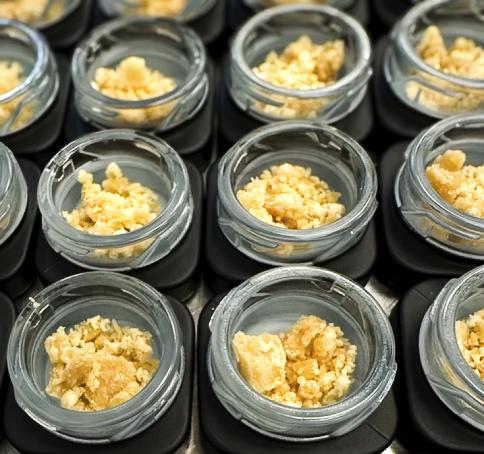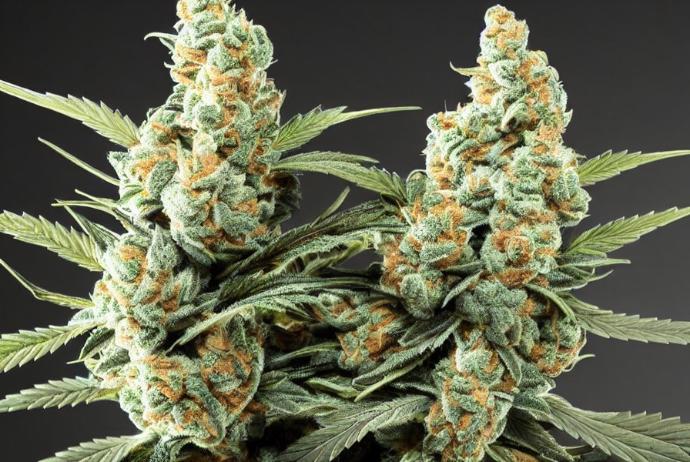Bisabolol, often associated with its soothing, mild aroma, is a naturally occurring compound known for its presence in chamomile and several other plants. This terpene alcohol has garnered attention not only for its fragrant properties but also for its effectiveness in cosmetic and pharmaceutical formulations. Recognized for its skin-friendly attributes, bisabolol epitomizes the harmony between nature's gentleness and its potent efficacy.
Historical Journey of Bisabolol
Discovery and Traditional Uses
The discovery of bisabolol can be traced back to the use of chamomile in ancient civilizations, where it was celebrated for its calming effects. Traditionally, chamomile extracts were utilized in teas, ointments, and various herbal remedies, primarily to soothe the skin and enhance relaxation. While the ancients may not have isolated bisabolol as a compound, they were certainly benefiting from its properties through direct use of chamomile.
Commercial Ascension and Applications
As the science of botany and chemistry evolved, bisabolol was identified and studied for its specific benefits, leading to its widespread use in modern cosmetic and pharmaceutical products. Its ability to reduce irritation and calm inflammation made it a favored ingredient in skincare, particularly in products targeting sensitive skin. The commercial beauty industry quickly adopted bisabolol as a staple in formulations designed to soothe and repair.
Natural Sources of Bisabolol
Contributions to Scents and Flavors
Bisabolol is primarily known for its subtle, sweet floral aroma, which is not overpowering but rather gently enhances the scents of the products it is used in. This characteristic makes it an ideal ingredient for delicate perfumes and skincare products, where a mild, soothing fragrance is desirable. Beyond its olfactory contributions, bisabolol is also appreciated for its mild taste in herbal teas, contributing to their soothing qualities.
Ecological Roles and Key Sources
- German Chamomile (Matricaria recutita): The primary source, known for its high bisabolol content and soothing fragrance.
- Candeia Tree (Vanillosmopsis erythropappa): A significant source of bisabolol used in commercial extraction, primarily found in Brazil.
- Myoporum crassifolium: A lesser-known source that contributes to the diversity of bisabolol sources.
In ecological terms, bisabolol plays a role in plant defense by its potential antimicrobial and healing properties, helping protect the plants from various pathogens and aiding in their recovery from injuries.
Contemporary Insights into Bisabolol
Research Trends and Product Integration
Recent research on bisabolol has focused on its anti-inflammatory, anti-irritant, and antimicrobial properties, which hold significant promise for medical and cosmetic applications. In consumer products, bisabolol is featured prominently in skincare products aimed at reducing redness and irritation. It is also becoming a popular ingredient in products like after-sun lotions and baby skincare items, where gentleness is paramount.
Extraction Techniques and Synthesis
The extraction of bisabolol from natural sources traditionally involves steam distillation, particularly from the wood of the candeia tree. However, sustainability concerns over the harvesting of candeia have led to methods of synthesizing bisabolol in the laboratory, ensuring a steady and sustainable supply of this valuable compound without depleting natural resources.

Future Directions for Bisabolol
Innovations and Ethical Practices
The future of bisabolol looks promising, with ongoing research into its broader therapeutic applications and continuous improvements in extraction and synthesis technologies. Innovations such as eco-friendly extraction methods and biotechnological advances in synthesis are expected to play a crucial role in its sustainable production. Ethical sourcing and synthesis of bisabolol are becoming increasingly important, as the demand for this compound grows.
Market Growth and Potential
The market for bisabolol is expected to expand significantly, driven by its growing popularity in both cosmetics and therapeutic products. Its well-documented safety profile and effectiveness make it a likely candidate for inclusion in a broader range of consumer products, potentially including nutraceuticals and functional foods.
Conclusion: The Holistic Appeal of Bisabolol
Bisabolol's journey from a component of traditional remedies to a key ingredient in modern consumer products highlights its enduring appeal and holistic benefits. Its gentle efficacy and the growing awareness of its advantages ensure that bisabolol will continue to play a significant role in our lives, blending nature's gifts with scientific innovation to enhance health and well-being. As we move forward, the balance between effective use and sustainable practices will remain crucial in harnessing the full potential of bisabolol.























